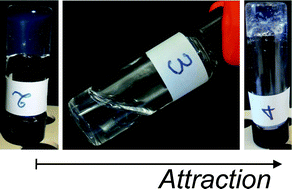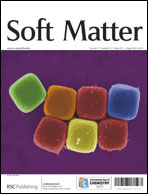Viscoelasticity and density correlation function at the onset of the glass transition in a colloidal system with both repulsive and attractive interactions
Abstract
We report quantitative comparison of dynamics and rheological properties of suspensions of micellar particles near the fluid/glass transition. The interaction between the particles is varied so as to explore the repulsive and attractive interaction side of the state diagram. We give an extended characterization of the viscoelastic properties of these suspensions in conjunction with their dynamics properties. For this purpose, Fourier transform analysis of the density correlation function is performed and the results are compared to those from conventional


 Please wait while we load your content...
Please wait while we load your content...